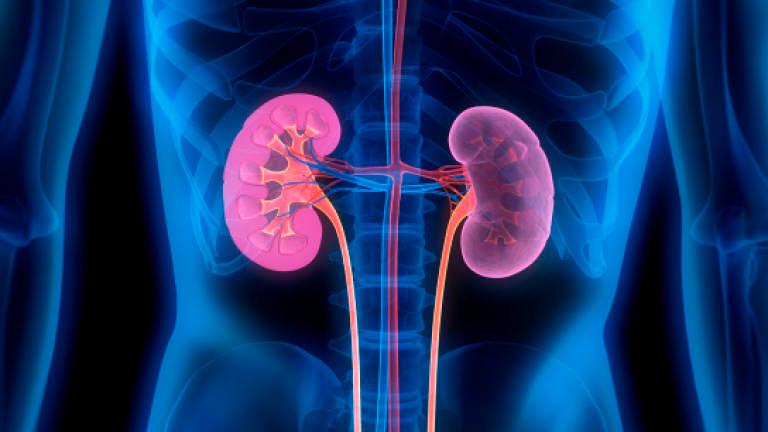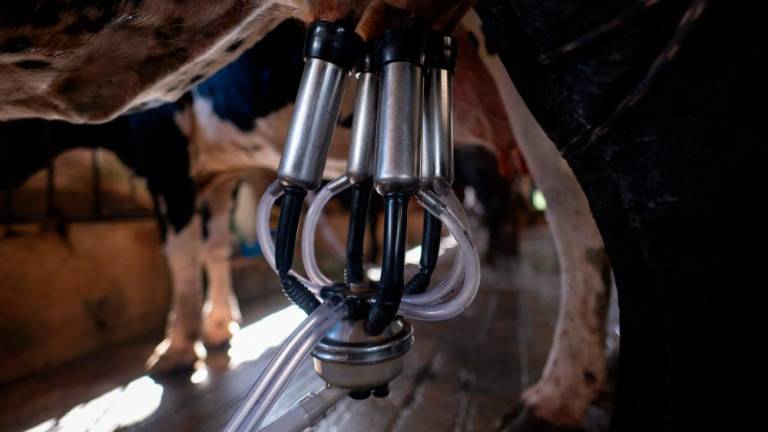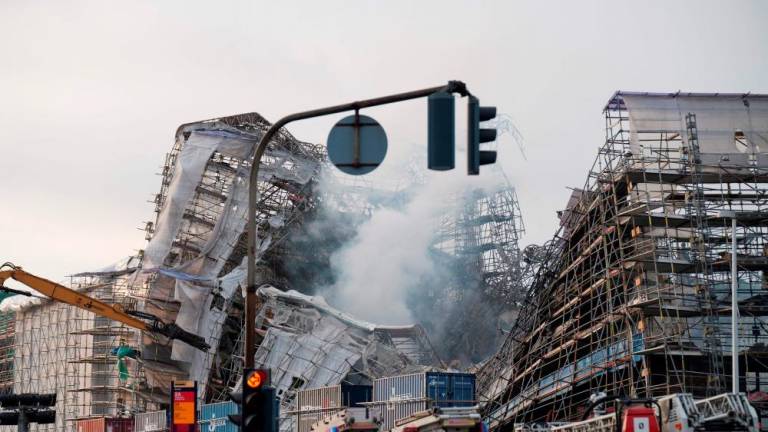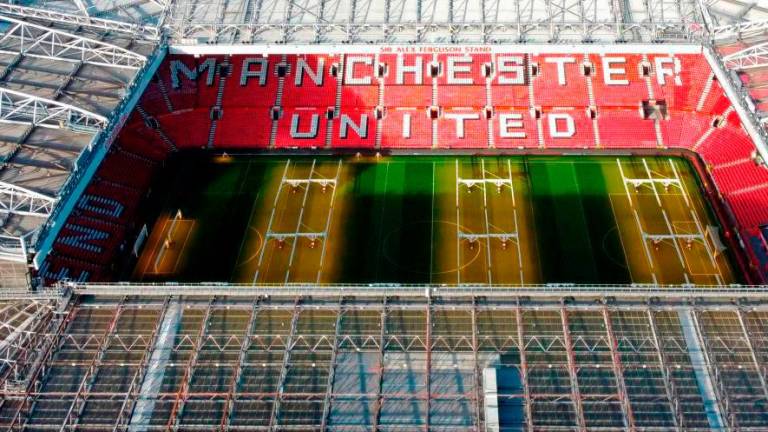SEREMBAN: Malaysia is in the midst of a chronic kidney disease (CKD) explosion, with one in seven of our 33 million population, or 4.7 million adults, already in various stages of it, said Malaysian Society of Nephrology (MSN) president Dr Lily Mushahar.
She said more than 50,000 patients were on dialysis as of December last year – 82% on haemodialysis and 18% on peritoneal dialysis.
“These patients are in stage five of CKD, where they have no choice but to undergo dialysis. Their numbers are just the tip of the iceberg, so the situation is possibly far worse.
“One reason for the large number of people with CKD is that there are usually no symptoms in the early stages. CKD may be diagnosed after one has a blood or urine test for some other health condition, and the results show a possible problem with the kidneys.
“At a more advanced stage, symptoms can include tiredness, nausea, vomiting, muscle cramps, loss of appetite, swelling of the feet and ankles, dry and itchy skin, shortness of breath, trouble sleeping and urinating too little,” she told theSun.
Lily, who is also Tuanku Ja’afar Hospital Department of Nephrology senior consultant nephrologist and head, said individuals must undergo health screenings so that any ailment they have could be arrested early.
“This is especially so for diabetics, as they make up 53% of those on dialysis. People seem to be more afraid of contracting cancer, which is why so many go for such screening. But when it comes to CKD, there is only a 5% awareness level, which is extremely low.”
On March 12, theSun reported Galen Centre for Health and Social Policy CEO Azrul Mohd Khalib as saying that Malaysia has the highest rate of diabetes in the Western Pacific and one of the highest in the world, costing the healthcare system RM3.1 billion annually.
“Diabetes is expected to affect seven million Malaysian adults aged 18 and older by 2025, posing a major public health risk with a projected prevalence of 31.3%. Currently, 3.6 million adults in the country are living with diabetes, but around half are undiagnosed,” he said.
Lily added: “About 9,000 new patients require dialysis each year. Most of them have access to it, but patients in rural Sabah and Sarawak may have problems accessing dialysis due to the geographical challenges they face.”
She said the cost of dialysis can be expensive.
“While government dialysis centres charge just RM13 each time, excluding blood work and injections to increase haemoglobin levels, the National Kidney Foundation (NKF), which operates as an NGO, charges RM90. Private clinics charge between RM150 and RM250, while some may charge as high as RM400.
“Each haemodialysis patient requires three sessions of dialysis per week, while peritoneal dialysis requires three to four exchanges of dialysis bags (per day).
“I have a patient who has been on haemodialysis for 25 years, and another on peritoneal dialysis for 18 years. Both are doing fine.”
Lily said there were 227 government haemodialysis centres in the country as of last year, compared with 532 private ones. This year, the Health Ministry is promoting the Peritoneal Dialysis First policy in government facilities, which is a home-based therapy that does not require visits to a dialysis centre.
She said MSN is also collaborating with the Health Ministry and NKF to increase public awareness of CKD and is promoting kidney health screening.
“Those at high risk, such as diabetics, must undergo blood and urine tests to ascertain if they have kidney disease.
“Only by doing this can we help them to take remedial measures, such as diet control, living a healthy lifestyle and prescribing medication to arrest the disease. Without such interventions, the number of CKD patients will increase and become a huge public health nightmare, just as diabetes currently is.”
Lily said kidney transplantation is the best option for patients in stage five of CKD.
However, the transplantation rate in Malaysia is only five per million population compared with 50 per million population in Western countries. Hence, she said there is an urgent need to promote awareness of kidney transplantation and have more Malaysians pledge as organ donors.
“Currently, more than 25,000 dialysis patients are on the waiting list for transplantation. Sadly, most of them may die before their turn comes up due to a shortage of organ donors, while those who receive a new kidney have a 90% chance of prolonging their lives by another five years.”
Kidney transplantations are carried out at Kuala Lumpur Hospital, Selayang Hospital, University Malaya Medical Centre, Hospital UITM, Prince Court Medical Centre, Sunway Medical Centre and Mahkota Melaka Medical Centre.
However, Lily said about one-third of dialysis patients are unable to undergo kidney transplantation because they have antibodies in their blood which make them unsuitable due to the risk of rejection.
Efforts, she said, are ongoing with support from the Health Ministry to develop a programme using special medical techniques that will allow this group of patients to also undergo kidney transplantation.
“We currently have fewer than 10 kidney transplantation surgeons in the country, so we must increase their numbers. We also require additional government funding and support services to make the transplantation programme a success. We are hopeful that the government will look into these matters,” she said.














